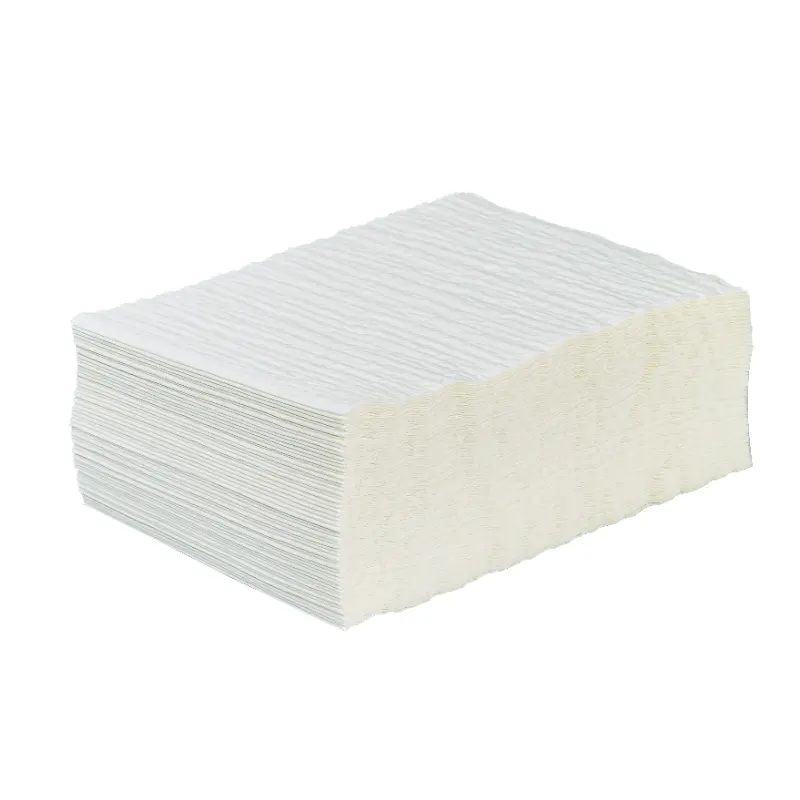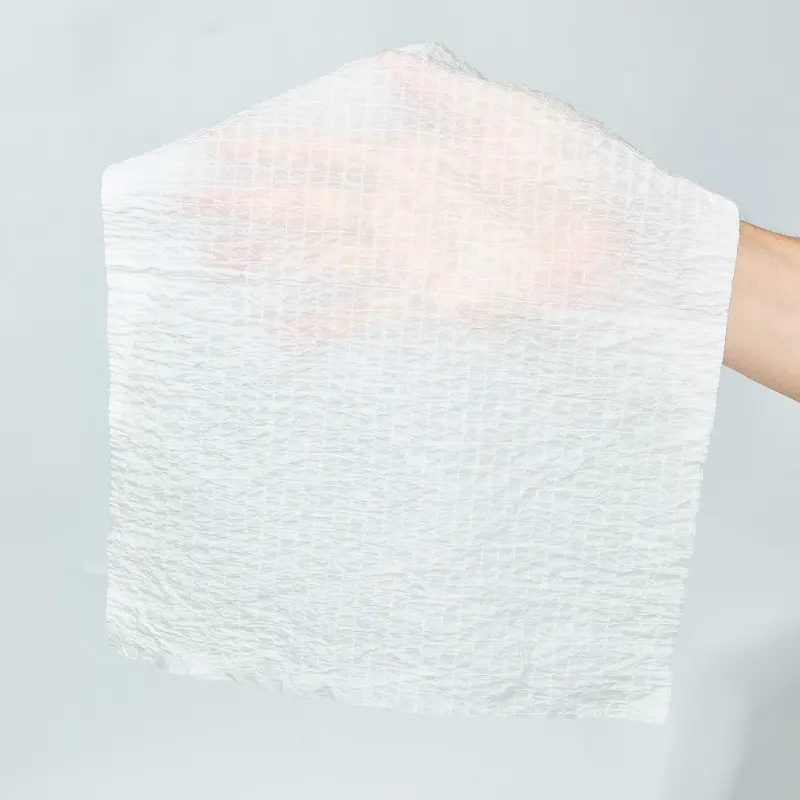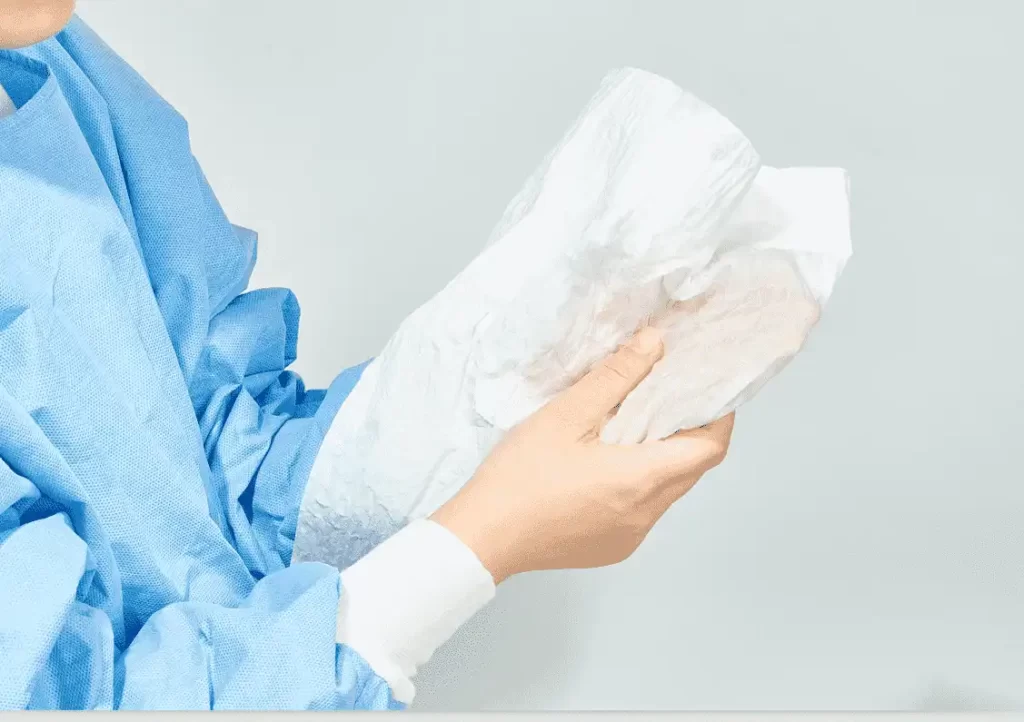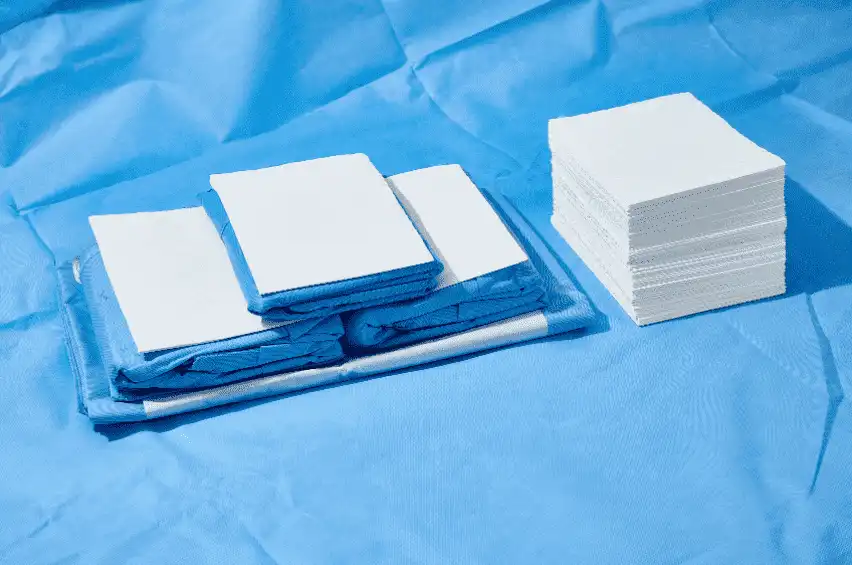How to Effectively Maintain and Extend the Lifespan of Alumina Rods?
Optimize Alumina Rod Performance with Essential Maintenance Tips
As a high-performance material, alumina rods play a vital role in many fields such as biomedicine and chemical engineering. However, its brittle properties make alumina rods vulnerable to damage during long-term use, thus affecting their performance and life. Therefore, the implementation of scientific and reasonable maintenance and maintenance strategies is essential to ensure the long-term stable operation of alumina rods. This article will discuss the maintenance and maintenance of alumina rod from three aspects of preventing mechanical damage, effective cleaning and suitable storage.
Preventing Mechanical Damage to Alumina Rods
Because of its brittleness, the alumina rod is easily affected by external force during handling and installation, and cracks or spalling occur. In order to prevent such mechanical damage, the first priority is to adopt the correct handling method. Staff should wear protective gloves to reduce direct contact between hands and alumina rods to avoid scratches or accidental falls. At the same time, the use of cushioning materials such as cushion and foam to wrap the alumina rod can effectively absorb the impact force and prevent damage caused by collision. In addition, regular training of operators to enhance their safety awareness and operational skills is also an important measure to prevent mechanical damage.
Effective Cleaning Methods for Alumina Rods
In biomedical, chemical processing and other applications, the surface cleanliness of alumina rod is directly related to its performance. Therefore, it is very important to choose the appropriate cleaning method. Abrasive cleaners or hard brushes should be avoided to avoid scratching the surface of the alumina rod and affecting its smoothness and tightness. It is recommended to use a non-abrasive cleaner with a soft cloth to effectively remove stains and protect the surface of the material. For stubborn stains that are difficult to remove, ultrasonic cleaning technology can be considered, and its gentle cleaning method can efficiently remove pollutants without damaging the structure of the material. In addition, a regular cleaning mechanism is established to ensure that the alumina rods are always in the best working condition.

Suitable Storage Conditions for Alumina Rods
The storage environment is critical to maintaining the performance of alumina rods. Extreme temperature or humidity conditions can cause changes in the internal structure of alumina rods, which in turn affect their physical and chemical properties. Therefore, the alumina rod should be stored in a dry, stable environment, away from direct sunlight and moisture. At the same time, keep the storage space well ventilated to reduce the impact of humidity fluctuations on the material. Through reasonable storage management, the service life of alumina rods can be effectively extended to ensure that they maintain the best performance during use.
In summary, the efficiency and reliability of alumina rods can be significantly improved by adopting a comprehensive care and maintenance strategy that prevents mechanical damage, effective cleaning and suitable storage. These measures not only help extend the service life of alumina rods, but also ensure their optimal performance in a variety of application scenarios. Therefore, for enterprises and individuals using alumina rods, paying attention to and implementing these maintenance and maintenance guidelines is the key to ensuring production efficiency and product quality. Through continuous attention and optimization of maintenance processes, we expect alumina rods to show their unique value and potential in more areas.















